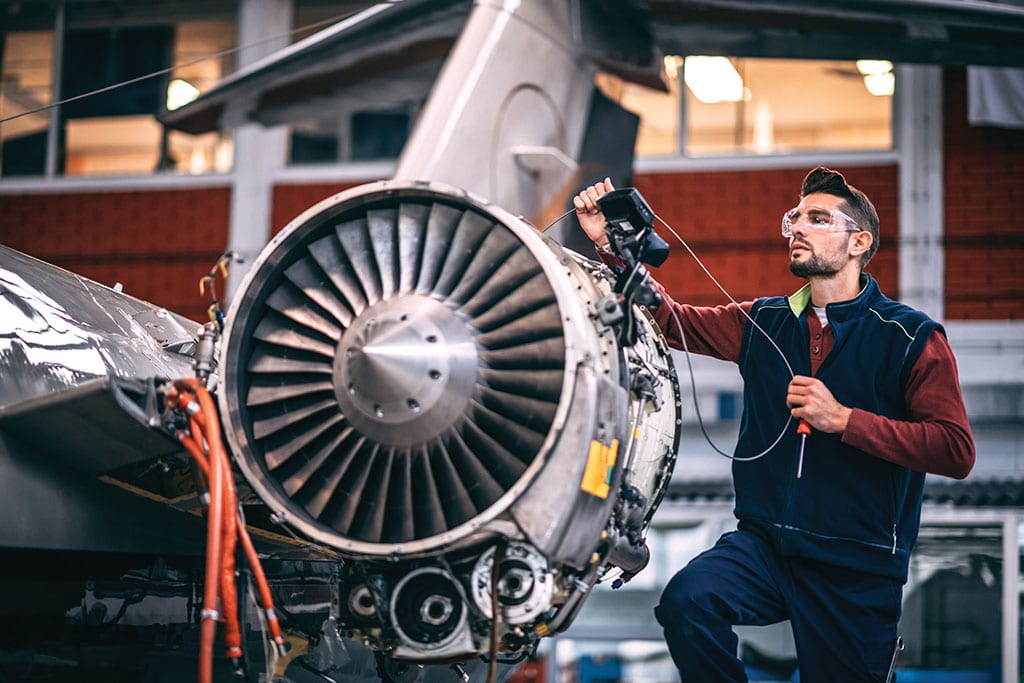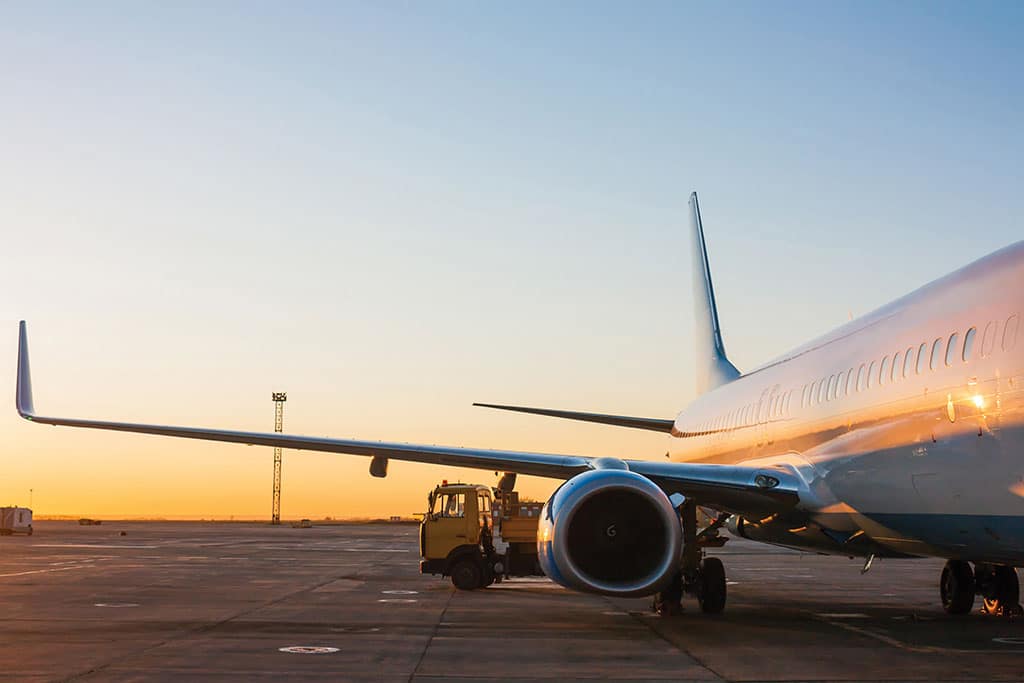Aviation Advances: Addressing Rising AOG Levels Related to Aircraft Technology Advances
The commercial air transport industry is experiencing an unprecedented level of long-term AOG (Aircraft on Ground) issues resulting from mandated groundings and multiple Airworthiness Directive (AD) regimes, affecting both variant and new type power plants. To understand the reasons behind this, we need to consider where the industry is in terms of the large transport aircraft development cycle.
Since the Airbus A330 and Boeing 777 entered service in the early 1990s, there have been few major changes in the design of contemporary passenger aircraft. The arrival of the Airbus A380 was a step change in size, however the technological advances were more organic. It was not until the arrival of the B787 and A350 that we experienced wholescale change in terms of structure and systems. The power plants on these aircraft, built on the pedigree of the B777/A380 engines, incorporate the latest design of gas path components.

When these types entered service, the industry was going through an upward growth cycle. Demand since the downturn in 2008 was at an average of 6% per year. This continues through the present day, with future predictions indicating the industry will require in the order of 40% more aircraft by 2028. This puts pressure on manufacturers to produce ever-more-efficient aircraft in greater numbers to keep pace with potential increases in fuel price and the downward pressure on ticket pricing.
Whilst airframes will have their part to play in this, it is clearly the engines that will have the greatest effect. This has led to the NEO (New Engine Option) concept whereby the latest technology engines are married to contemporary airframes. Airbus were the first to see the potential in this, quickly followed by Boeing and Embraer.
Pratt & Whitney, CFM, Rolls‐Royce and GE have all developed engines for installation on current airframes such as the Airbus A320 series / A330, Boeing 737 Max / B777X and Embraer E2. These engines are a mix of developed variants and completely new types. The greater efficiencies offered by the engines encourage airframe manufacturers to improve the overall payload range performance of the types, again placing greater pressure on engine manufacturers to achieve their projected targets in terms of reduced weight and fuel burn reduction. This is also true of B787s and A350s with the development of longer-range models.
The Operator/Manufacturer Power Shift
There has been a perceptible shift in the balance of power between operators and manufacturers. Twenty years ago, manufacturers would be driving the development of the product internally, based upon commitments by airlines to purchase and operate the types. The volume of aircraft being produced was less in total terms and the delivery rate lower. In the current, highly competitive market place, operators are putting pressure on manufacturers to produce more efficient and attractive aircraft in shorter timescales at challenging delivery rates.
It is this industry pressure that drives the need for manufacturers to develop older types to the limit of what is viable and introduce new types to achieve a step change or paradigm shift. This inevitably increases the risk that reliability and durability issues may arise when airlines begin to operate these aircraft. Many of the types are developed as variants in order to be attractive to operators, and the regulator’s oversight and certification of the type is on that basis. This is not the case with completely new types such as the Pratt & Whitney Geared Turbo Fan (GTF), which spent a considerable period of time in the design, testing and development phases before achieving type certification. With a variant, the regulator will be, to an extent, guided by the manufacturer as to the differences between the new and previous models. Their role in this regard is apparently being reconsidered in the aftermath of the B737 Max accidents.

Checks and Balances that Ensure Suitability and Safety
Whilst there is inevitably a need for the regulator to rely on the manufacturer’s knowledge and testing of its product, as they themselves generally do not have a deep technical understanding of that product, there are tried and tested checks and balances that they can apply to assess the suitability and safety of the product in terms of certification.
This will become more important as technological advances result in more significant changes such as the advent of hybrid /electric power, different fuel sources and airframe configurations. Fail-safe design and robust system redundancy are key to the airworthiness of any type. The means of achieving them may change with technological developments, however the principles remain the same.
The Many Factors Affecting AOG Levels
With the above in mind, it is apparent that the increasing number of groundings and long-term AOG issues currently being experienced are the result of an accumulation of factors within the same timescale. The development potential of existing types reaching their limits, new types entering service with inevitable teething problems, the high rate of deliveries achieved in a short period of time and operators having less flexibility in their schedules due to higher utilization are factors that have all played their part in the overall problem. If each had occurred separately, it may have been containable to a specific aircraft or engine type. With them coinciding, the effects on the industry and on manufacturers have been significant.
It is inevitable that the problems, both airframe and power plant related, will be resolved and the aircraft will achieve the reliability and operational performance that was originally intended. This may take some time and will lead to disruption for airlines and manufacturers continuing into the near future. Looking forward, perhaps the industry needs to reassess its expectations of technology in terms of what is possible within certain timescales when trying to achieve even higher gains from mature models and uneventful entry to service with new types and technologies.




